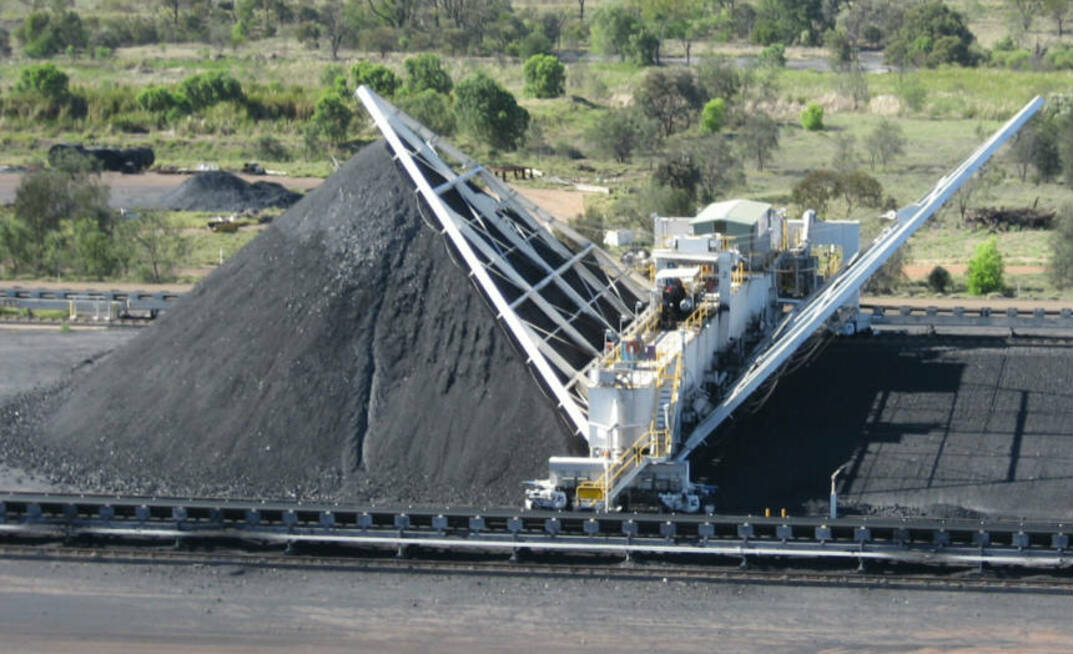The proximity of coal mines to nature and forest reserves is more significant role than previously thought when it comes to the amount of carbon dioxide and other harmful pollutants circulating in the air surrounding these mines, according to Monash University research.
Monash researchers compiled the first snapshot of greenhouse gas pollution generated by 140 coal mines across the country in an effort to shed light on the environmental footprint of Australia's coal mining industry and its potential impact on human health.
The study also found underground coal mines emitted more than three times the amount of carbon dioxide than surface coal mines.
Led by Monash civil engineering students, Duvin de Mel and Josiah Butter, it analysed data to estimate annual greenhouse gas emissions of individual coal mines. Their calculations also incorporated the volume of coal extraction annually for each mine, along with the quality of the coal extracted.
YOU MIGHT ALSO LIKE
Even with the gradual decline of coal reliance, de Mel said, the volume of greenhouse gases emitted by both abandoned and operating mines would not necessarily decrease over time.
"Our research suggests that the location of coal mines and their proximity to nature and forest reserves plays a more significant role than once thought when it comes to the amount of carbon dioxide and other harmful pollutants circulating in the air surrounding these mines," he said.
"It's a concerning prospect to think that atmospheric CO2 concentrations from mining activities could actually increase if any forest clearing were to occur, especially around densely populated regions where there is a risk of unsafe air quality."
Quality
Coal quality is known to play a significant role in emissions output.
The data shows Queensland's highest emissions offender extracted almost half the volume of coal in comparison to Victoria's biggest polluter, but emitted higher levels of CO2 overall.
This suggests there's scope to reconsider the mining of low-quality coal, which produces higher concentrations of harmful pollutants to generate electricity.
Butter said the study underscored the need for action to mitigate coal mining's environmental impact on surrounding ecosystems and human health.
"We believe these findings could assist policymakers and mining companies in understanding the potential climate and health risks posed by coal mining activities and inform future mitigation strategies," he said.

























